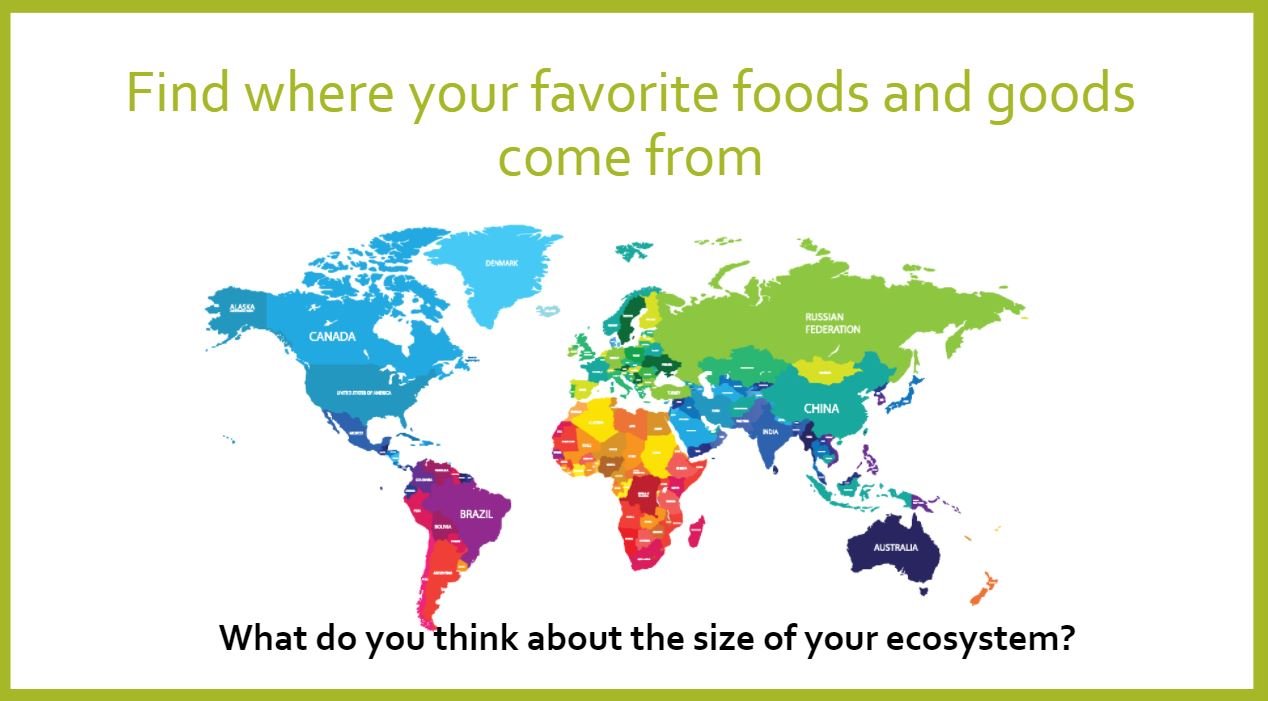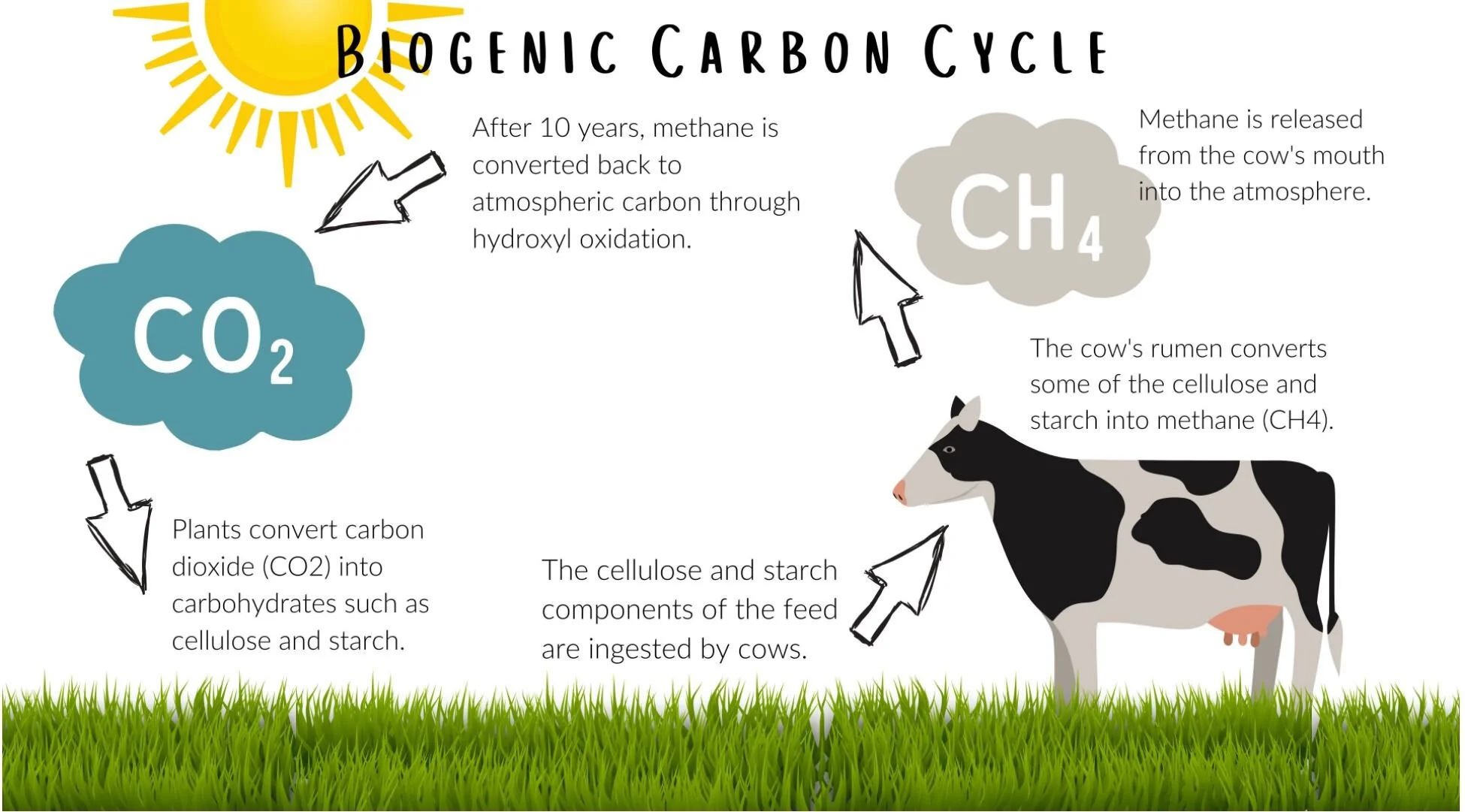STANDARDS-ALIGNED Presentations for science, social studies, careers studies, and financial literacy concepts
The Kentucky Association of Conservation Districts asked the Kentucky Agriculture and Environment in the Classroom to provide additional resources to help teachers share a positive message about agriculture’s role in conservation practices. We have provided the tabloid with active links and additional information for your students.
Intermediate Science: Students will learn the different parts of the farm ecosystem and discuss what happens when one or more parts are missing.
Intermediate Science: Students will model the food chain from the sun to decomposers using producer and consumer examples that are found on a farm.
Intermediate Science: Students will investigate what soil types are best for a given crop.
Intermediate Science: Students will understand how plants (cover crops) on the farm prevent soil erosion and filter water.
Intermediate & Secondary Economics: Students will understand that the foods and natural resources they consume come from a broad ecosystem due to our farming, transportation, and commerce systems.
Grades 4+: This Google Slide presentation focuses on how Kentucky farmers control soil erosion, as soil is one of our most precious resources for food production. The last slide provides a video demo of how different soil coverings impact how much soil washes away during a rain storm.
This 60-minute documentary features innovative farmers and soil health experts from throughout the U.S. Accompanying lesson plans for college and high school students. It starts with a reminder of the Dust Bowl and how today’s farmers are improving soil health.
Learn the life cycle, jobs, and communication skills of honey bees!
4th Grade Science: This Google Slide allows students to move labels to the correct part of the honey bee.
Primary: Students will construct a diagram of an apple tree’s life cycle and learn the importance of pollinators.
Create a corn starch based plastic material or try some other fun corn creations using corn starch.
Students will explore the carbon cycle and evaluate the carbon footprint of cattle. Using critical thinking skills, students will use the Claim, Evidence, and Reasoning model to determine the effect of cows’ methane production on the environment and investigate the extent cattle contribute to climate change.
Students will develop an understanding of why certain geographical areas in Kentucky provide better habitats for breeding and raising horses, how weather events contribute changes on the earth’s surface, how weathering and erosion can leak calcium carbonate into the ground water for animal consumption, and they will construct an argument based on experimentation that limestone in Kentucky’s soil is released into the water through the process of weathering and erosion.
Grades: 4-5 Social Studies, MS/HS Enrichment - Students will learn how topographic, geologic, and natural resource availability affect agriculture production in the Commonwealth.
Students will learn about the cycle of water—the important processes of accumulation, evaporation, condensation, and precipitation, and what causes water to move throughout the earth and its atmosphere.
Students will learn how soil is the foundation of food and other materials that help people live. They will also learn the components of soil, uses and properties, and describe the role soil plays in a healthy ecosystem.
Sustainability is a hot topic these days, especially when it relates to agriculture. We hope the following resources will help students understand all aspects of sustainability, and the measures the Kentucky agriculture community is taking to ensure our natural resources are cared for today and tomorrow.
GRADES 6"+ - Students will 1) Identify the various parts of the water cycle, 2) Identify and explain how groundwater is created, 3) Design and construct an earth system model that will create groundwater.





















